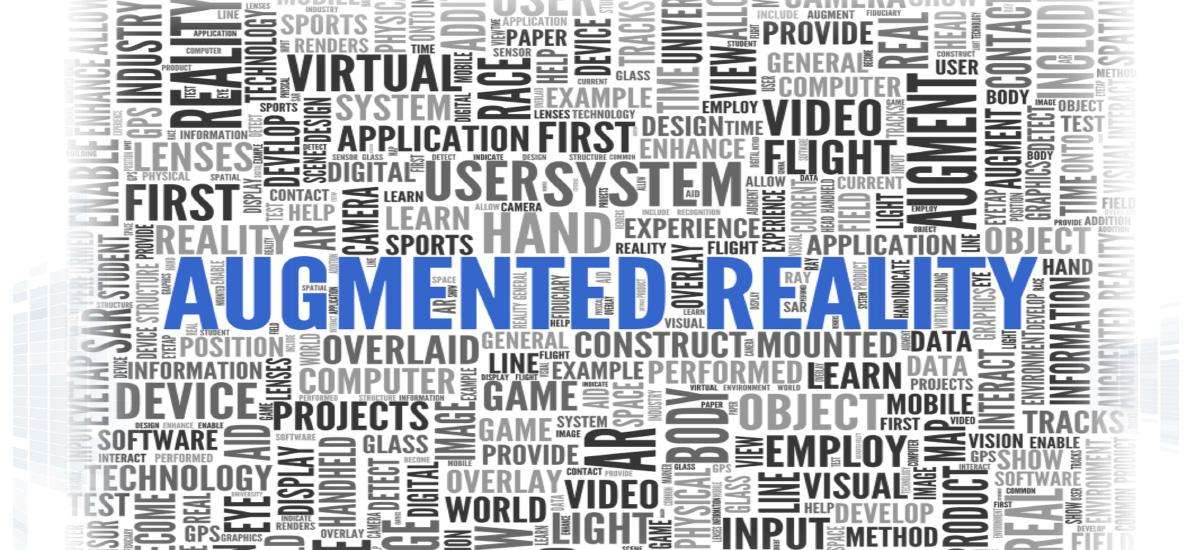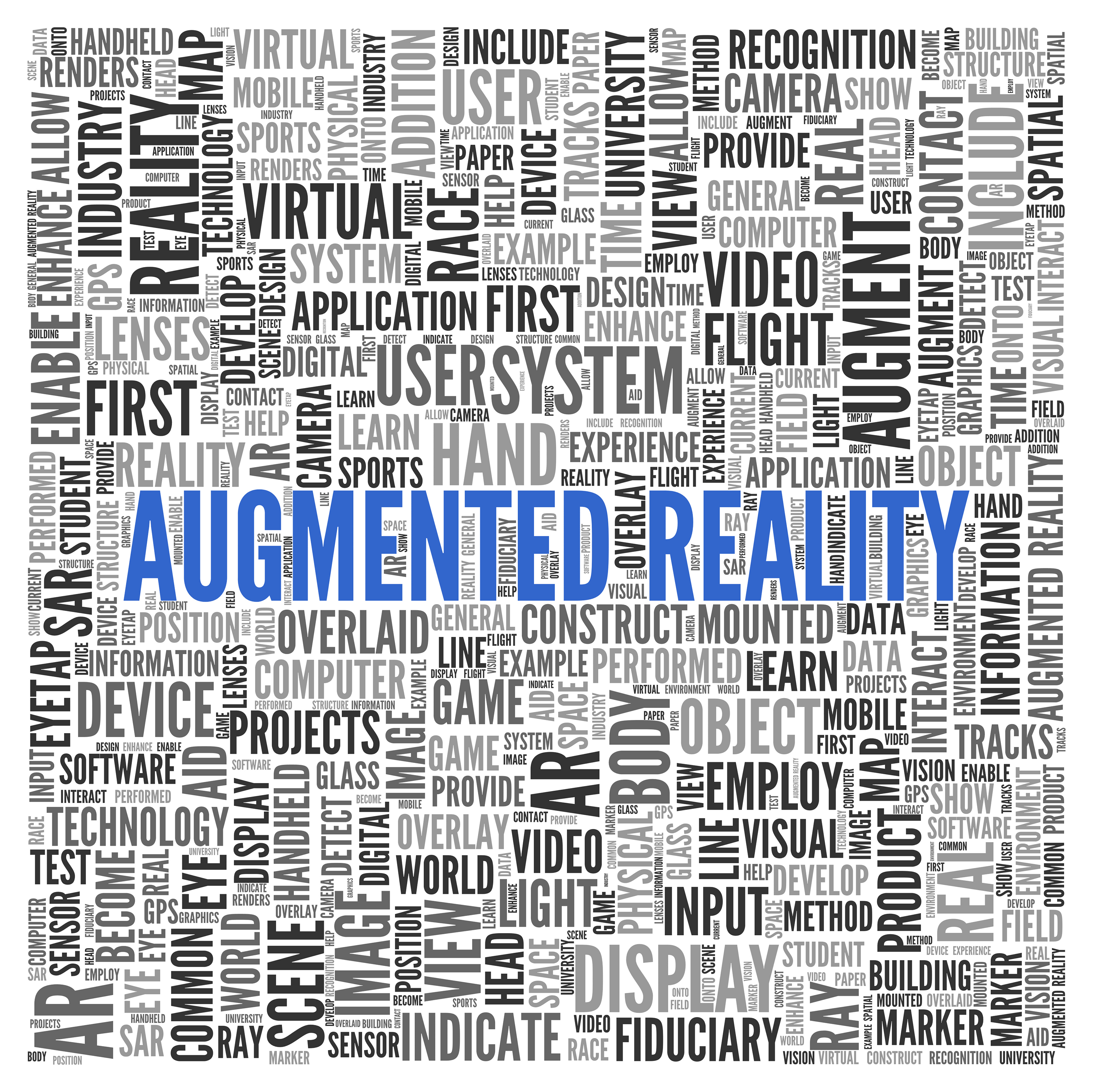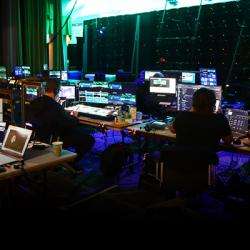The New Reality: Not Virtual…but Augmented

Prior to the 21st century, much of the hype about Virtual Reality was based upon the excitement of experiencing a newly imagined and artificially created world in which someone could be placed to act and experience as they wished. Grand scenarios of virtual reality were forecasted as scientists and culture experts predicted VR in ways that incited visions of the incredible worlds created in the famous “Holodecks” from the fictitious Star Trek universe.
 What these visionaries failed to forecast was the emergence (and almost instantaneous explosion) of smart phones, tablets and other devices tunneling their way into every smallest portion of our daily lives, becoming our source of news and entertainment, becoming our replacement for our wallets and phones and creating unconscious habits that affect every facet of our lives, from banking to relationships and becoming our main mode of personal and professional communication. Today’s modern individual, both young and old alike, now expects their smart phone to be able to provide the vast majority of experiences, however advanced.
What these visionaries failed to forecast was the emergence (and almost instantaneous explosion) of smart phones, tablets and other devices tunneling their way into every smallest portion of our daily lives, becoming our source of news and entertainment, becoming our replacement for our wallets and phones and creating unconscious habits that affect every facet of our lives, from banking to relationships and becoming our main mode of personal and professional communication. Today’s modern individual, both young and old alike, now expects their smart phone to be able to provide the vast majority of experiences, however advanced.
Enter Augmented Reality…a subtle, yet significant change from the notion of a totally re-created environment to a method of experiencing the here-and-now present environment enhanced by computer generated content. This content - images, animation, text and sound - can all be built into the physical pre-existing world as we see it and all made accessible via the ever-present, multi-tasking devices forever living in our pockets.
How Augmented Reality Works
The basic requirements of Augmented Reality (AR) are a device with a camera and an AR application.
The app uses the camera on the device as an “eye” to identify real-world target objects (any kind of 2-dimensional print or digital image). As a "trigger" comes into view, the augmented content is automatically activated, overlaying new content and information viewable in real time by whoever is holding the device.
The overlying content is digitally attached to the trigger, so that regardless of your distance or viewing angle, the content always moves with you. The augmented content can be any type of picture, video, or audio.
The result is a truly customized and enhanced view of the physical world, with content transforming and bringing a new experience to life before your eyes via your phone.
Augmented Reality in Action
 Some creative uses of AR have been seen recently at historical landmarks, where visitors can view a virtual motion diorama through their phones as they look at various buildings or settings, making the past come alive as they look at the present world. Another use includes instructional video tutorials or help screens overlaid directly over an object, making engine maintenance, furniture assembly, or appliance repair infinitely simpler. In-store branding can be taken to the next level, showing customers what is inside a box. Content delivery at events can be completely transformed for stronger retention. Professional service firms are using AR to streamline facility maintenance.
Some creative uses of AR have been seen recently at historical landmarks, where visitors can view a virtual motion diorama through their phones as they look at various buildings or settings, making the past come alive as they look at the present world. Another use includes instructional video tutorials or help screens overlaid directly over an object, making engine maintenance, furniture assembly, or appliance repair infinitely simpler. In-store branding can be taken to the next level, showing customers what is inside a box. Content delivery at events can be completely transformed for stronger retention. Professional service firms are using AR to streamline facility maintenance.
Augmented Reality is transforming events, marketing, branding, customer and end-user experiences, and corporate operations around the world.
Share This Article
Categories
Latest Posts

Philadelphia 2026: Is Your Venue Ready for the Spotlight?

Scalable AV Infrastructure for Life Science Enterprises

Extend Your Reach: The Power of Virtual and Hybrid Events

Why Every Detail Matters in Investor and Year-End Meetings

IMS Technology Services Welcomes John Beaulieu
Tags
Contact Us
- Headquarters: 3055 MCCANN FARM DRIVE, GARNET VALLEY, PA 19060
- Event Staging: 2000 COLUMBIA AVENUE, SUITE 300, LINWOOD, PA 19061
- Southeast Office: 404 SUNPORT LANE, SUITE 350, ORLANDO, FL 32809
- Phone: + 610-361-1870
- Contact Us
Services
Recent Posts

Philadelphia 2026: Is Your Venue Ready for the Spotlight?


